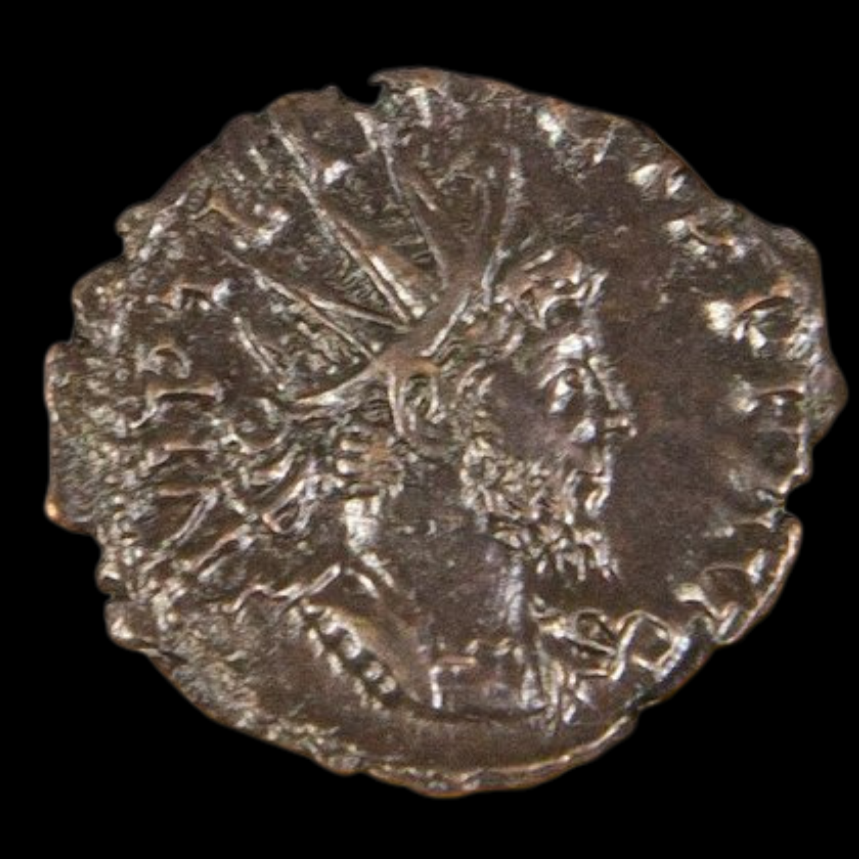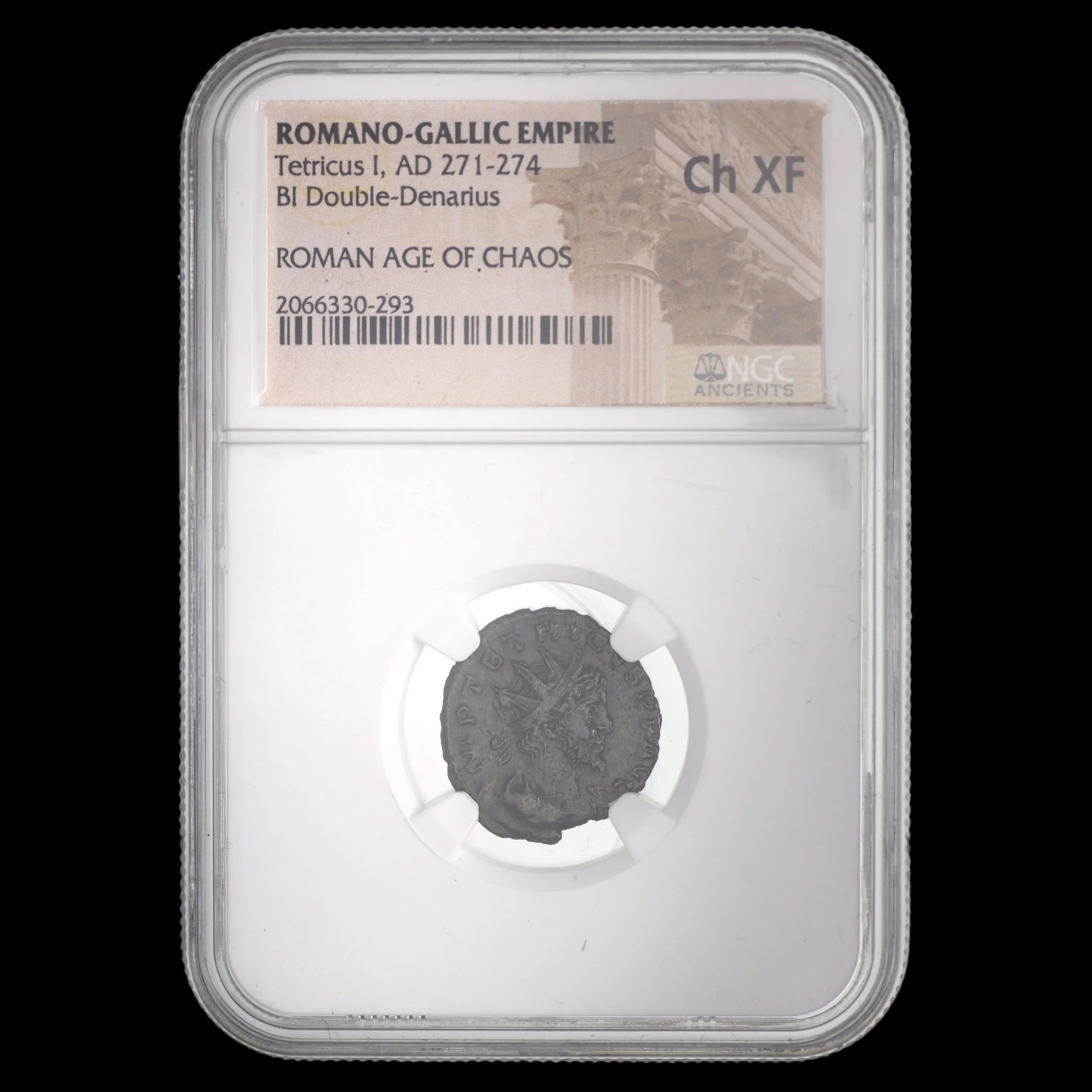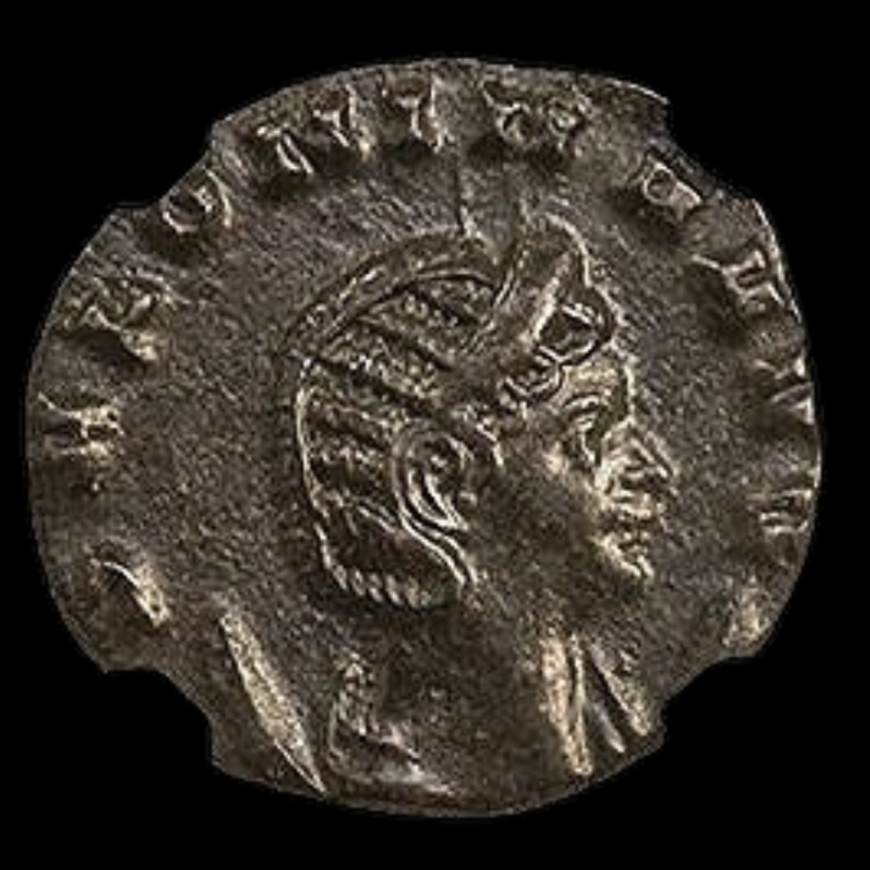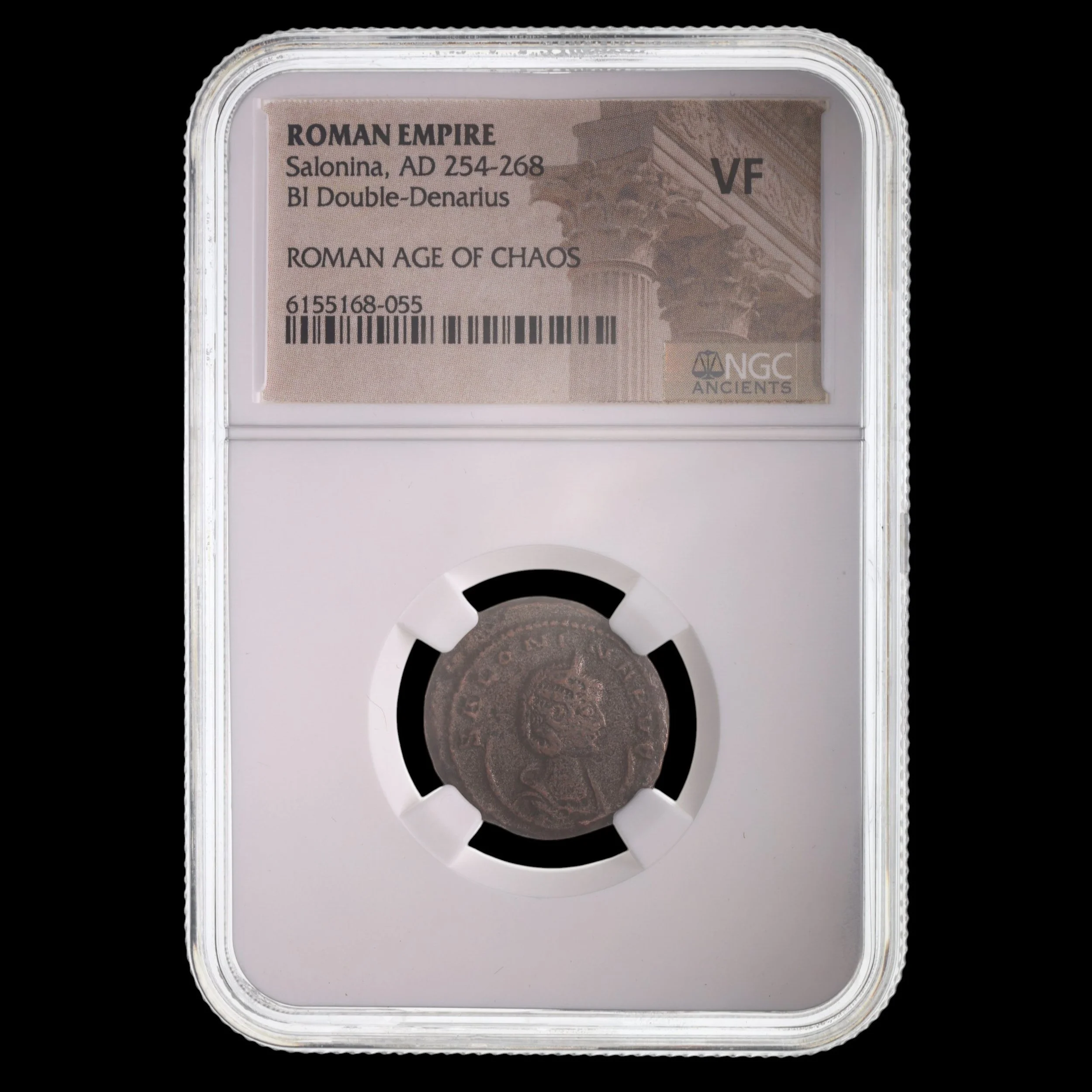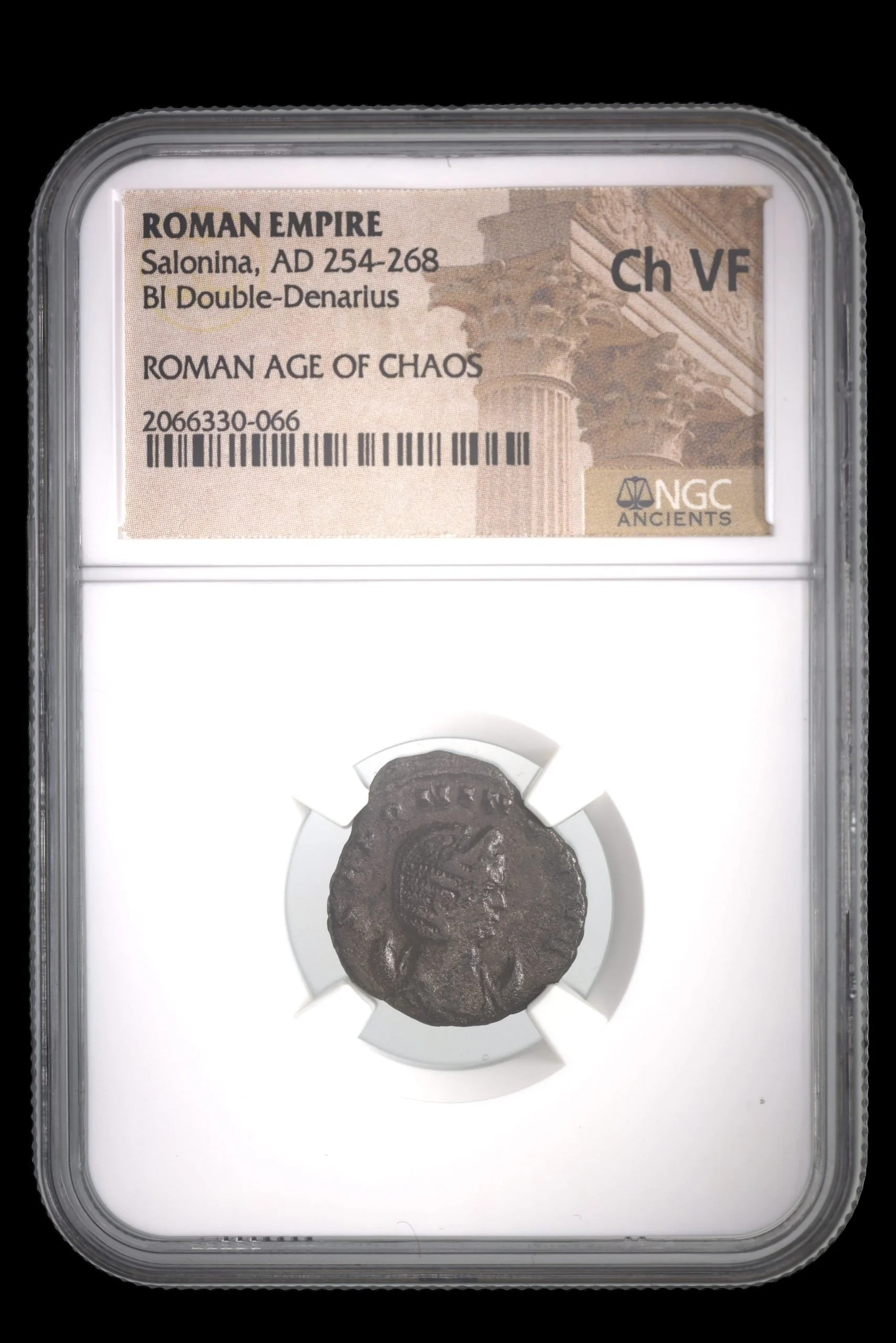 Image 1 of 6
Image 1 of 6

 Image 2 of 6
Image 2 of 6

 Image 3 of 6
Image 3 of 6

 Image 4 of 6
Image 4 of 6

 Image 5 of 6
Image 5 of 6

 Image 6 of 6
Image 6 of 6







Roman AE2 Of Valentinian II (about 1,630-1,650 years ago)
The coins shown are representative examples of the grade and type, but not the actual specimens for sale. For details on NGC’s grading standards and definitions, please refer to our NGC Grading page.
This larger bronze coin (AE2 size designation) was issued during the reign of Valentinian II, who became Western Roman Emperor at just four years old. These larger bronze denominations would have been used for more significant everyday transactions throughout the western provinces during this politically turbulent period.
Coin Description:
Front side: Profile portrait of Valentinian II wearing an imperial diadem and draped imperial robes, with his name and titles in Latin around the edge
Back side: Likely features imperial imagery such as the emperor in military attire, victory personifications, or symbolic representations reflecting the increasingly Christian character of the empire
Technical Details:
Bronze composition (copper alloy)
AE2 denomination (larger standard bronze coin)
NGC certified (Numismatic Guaranty Corporation)
Minted between 375-392 CE in various western imperial mints
Condition: Certified by NGC, specific grade not provided
Historical Significance: This coin represents the increasingly challenging political situation in the Western Roman Empire's final century. Despite his imperial title, young Valentinian II was largely a figurehead, with real power exercised by his mother Justina and military commanders. Religious tensions between Nicene Christians and Arians complicated his reign, as did the usurpation of Magnus Maximus. His mysterious death at age 21 further destabilized the western provinces, accelerating the empire's decline.
The coins shown are representative examples of the grade and type, but not the actual specimens for sale. For details on NGC’s grading standards and definitions, please refer to our NGC Grading page.
This larger bronze coin (AE2 size designation) was issued during the reign of Valentinian II, who became Western Roman Emperor at just four years old. These larger bronze denominations would have been used for more significant everyday transactions throughout the western provinces during this politically turbulent period.
Coin Description:
Front side: Profile portrait of Valentinian II wearing an imperial diadem and draped imperial robes, with his name and titles in Latin around the edge
Back side: Likely features imperial imagery such as the emperor in military attire, victory personifications, or symbolic representations reflecting the increasingly Christian character of the empire
Technical Details:
Bronze composition (copper alloy)
AE2 denomination (larger standard bronze coin)
NGC certified (Numismatic Guaranty Corporation)
Minted between 375-392 CE in various western imperial mints
Condition: Certified by NGC, specific grade not provided
Historical Significance: This coin represents the increasingly challenging political situation in the Western Roman Empire's final century. Despite his imperial title, young Valentinian II was largely a figurehead, with real power exercised by his mother Justina and military commanders. Religious tensions between Nicene Christians and Arians complicated his reign, as did the usurpation of Magnus Maximus. His mysterious death at age 21 further destabilized the western provinces, accelerating the empire's decline.










